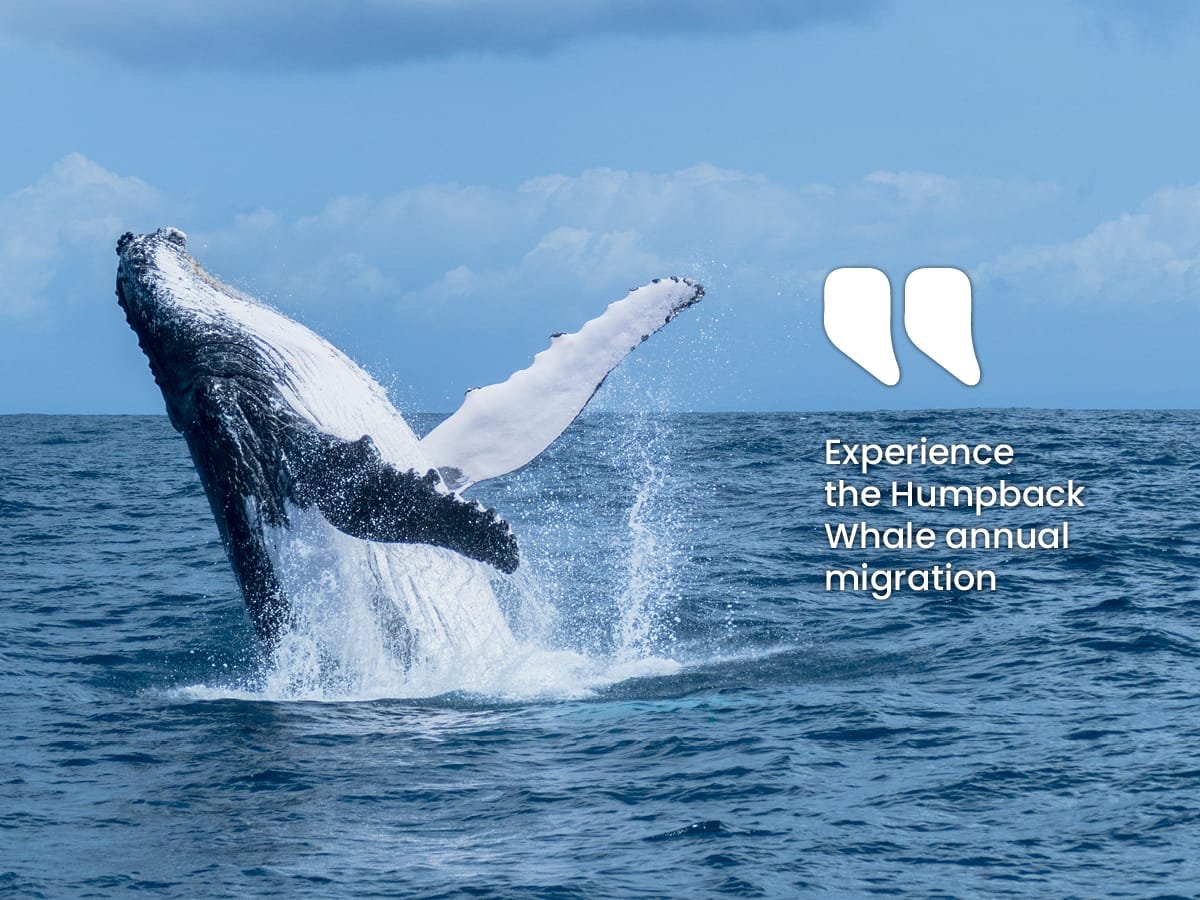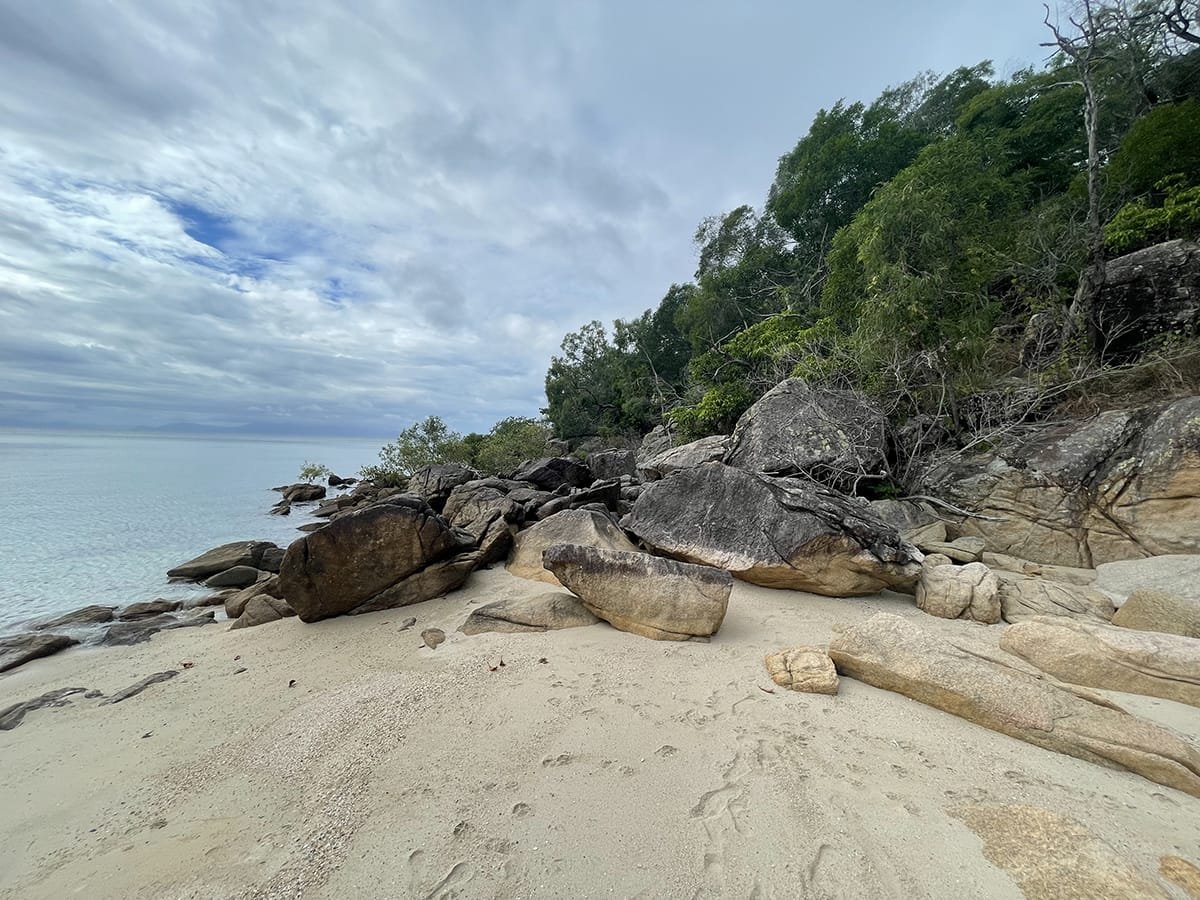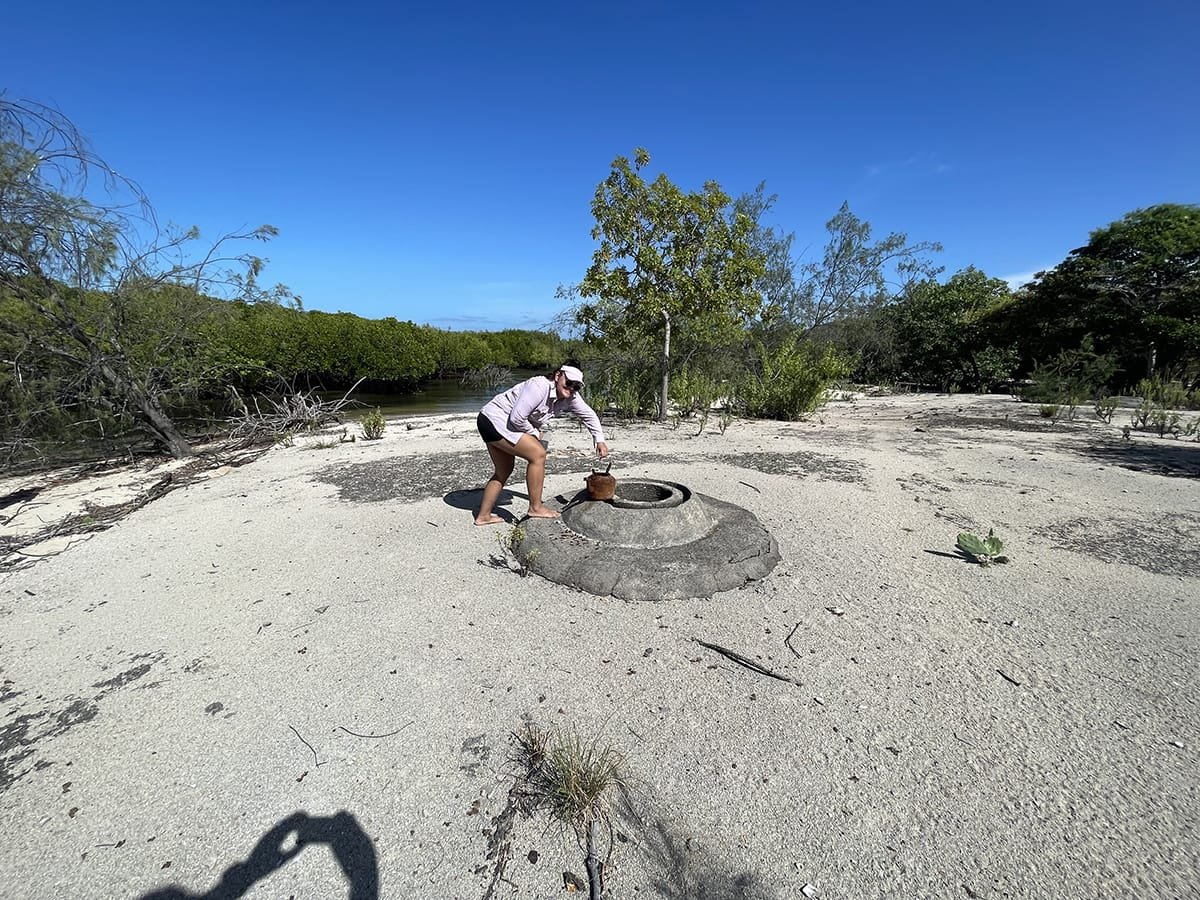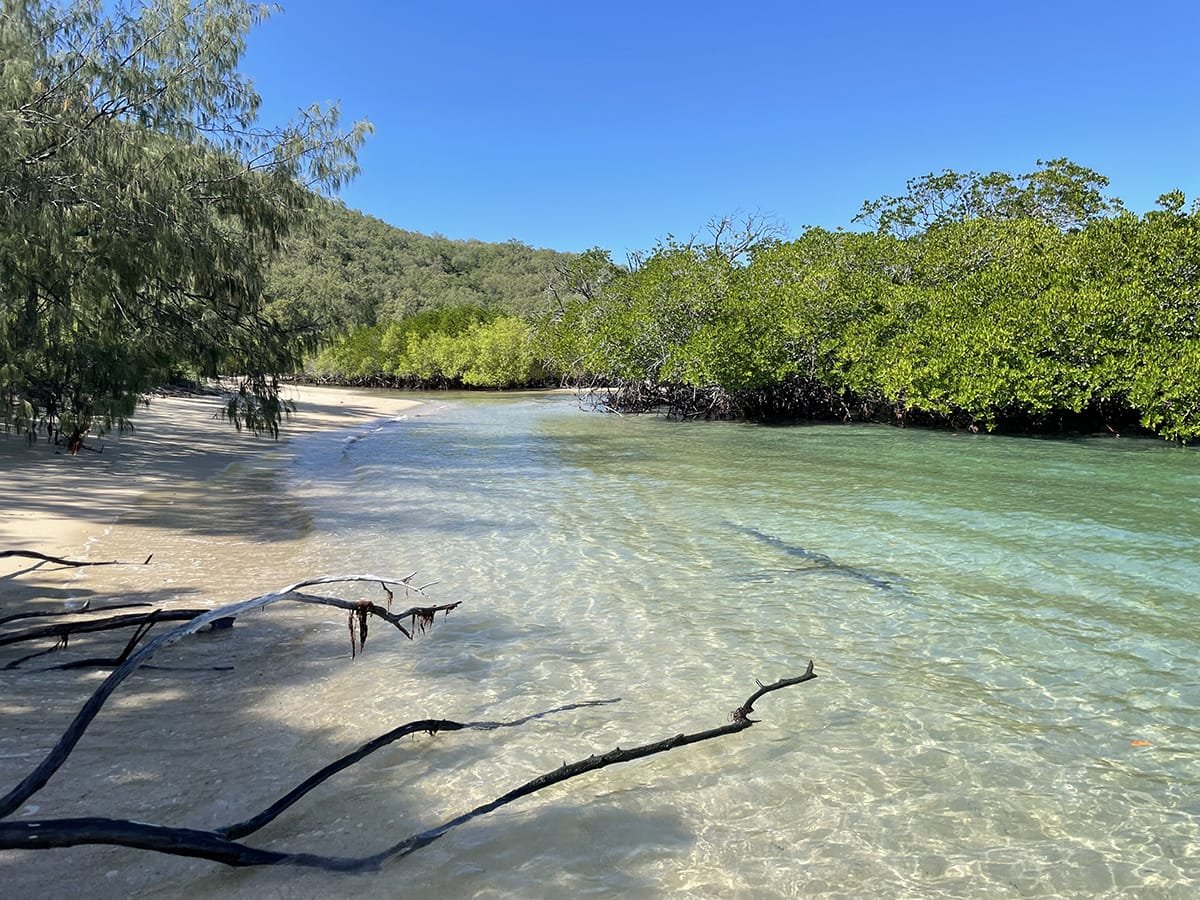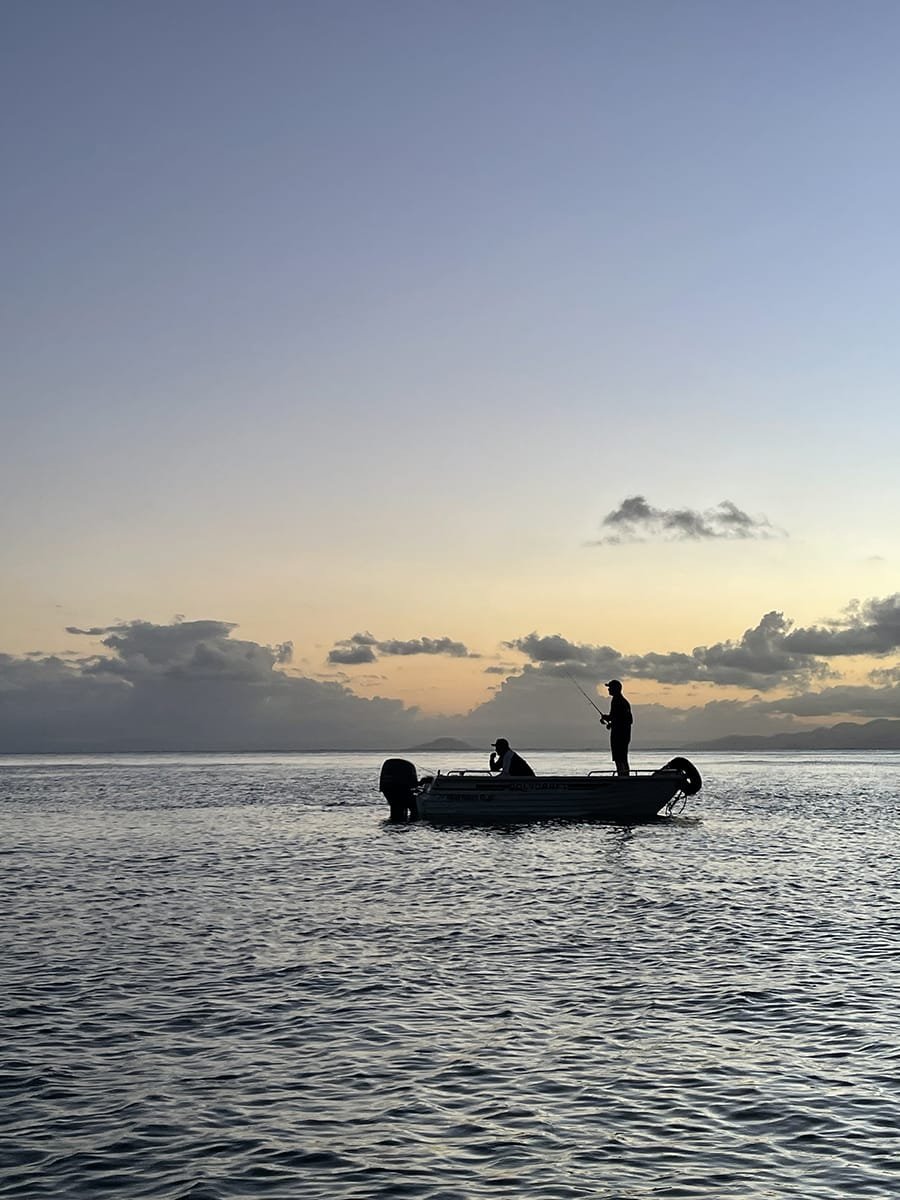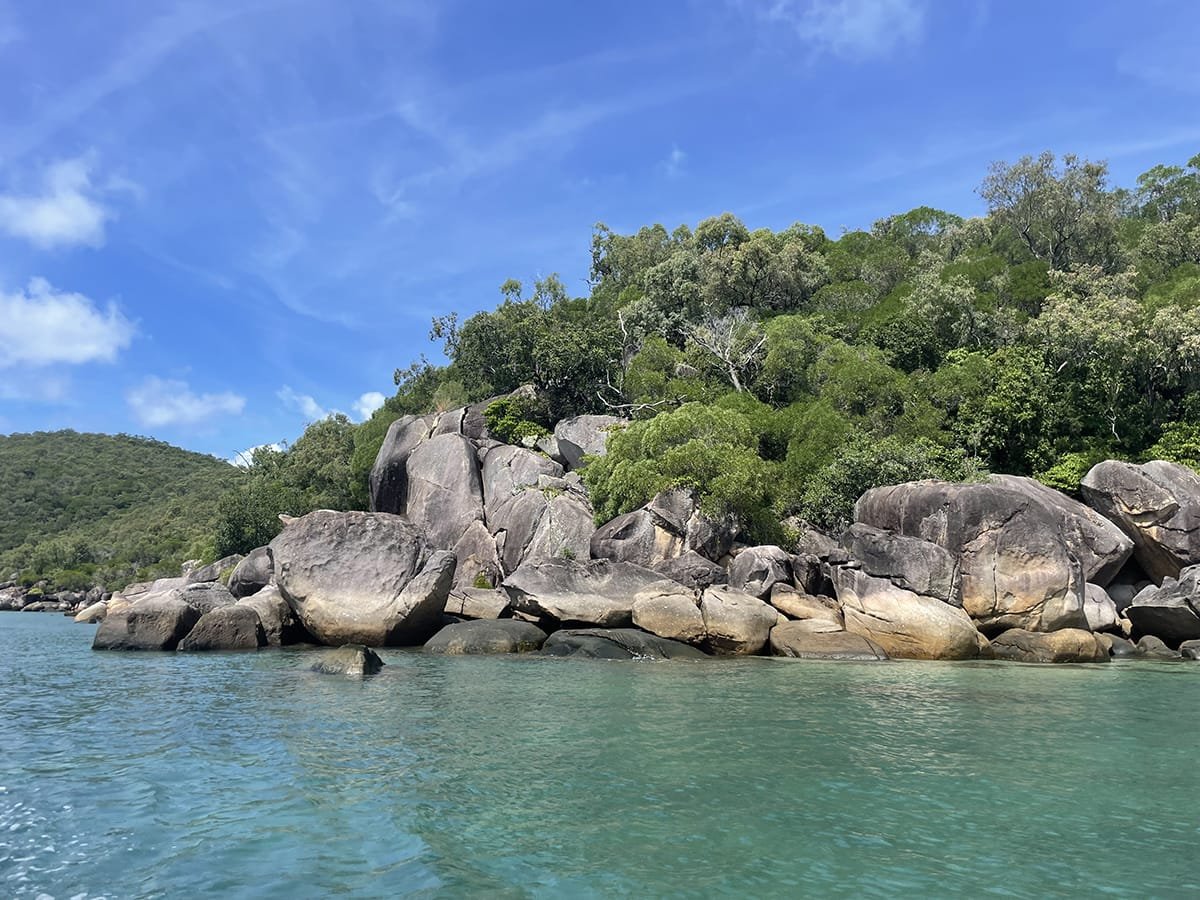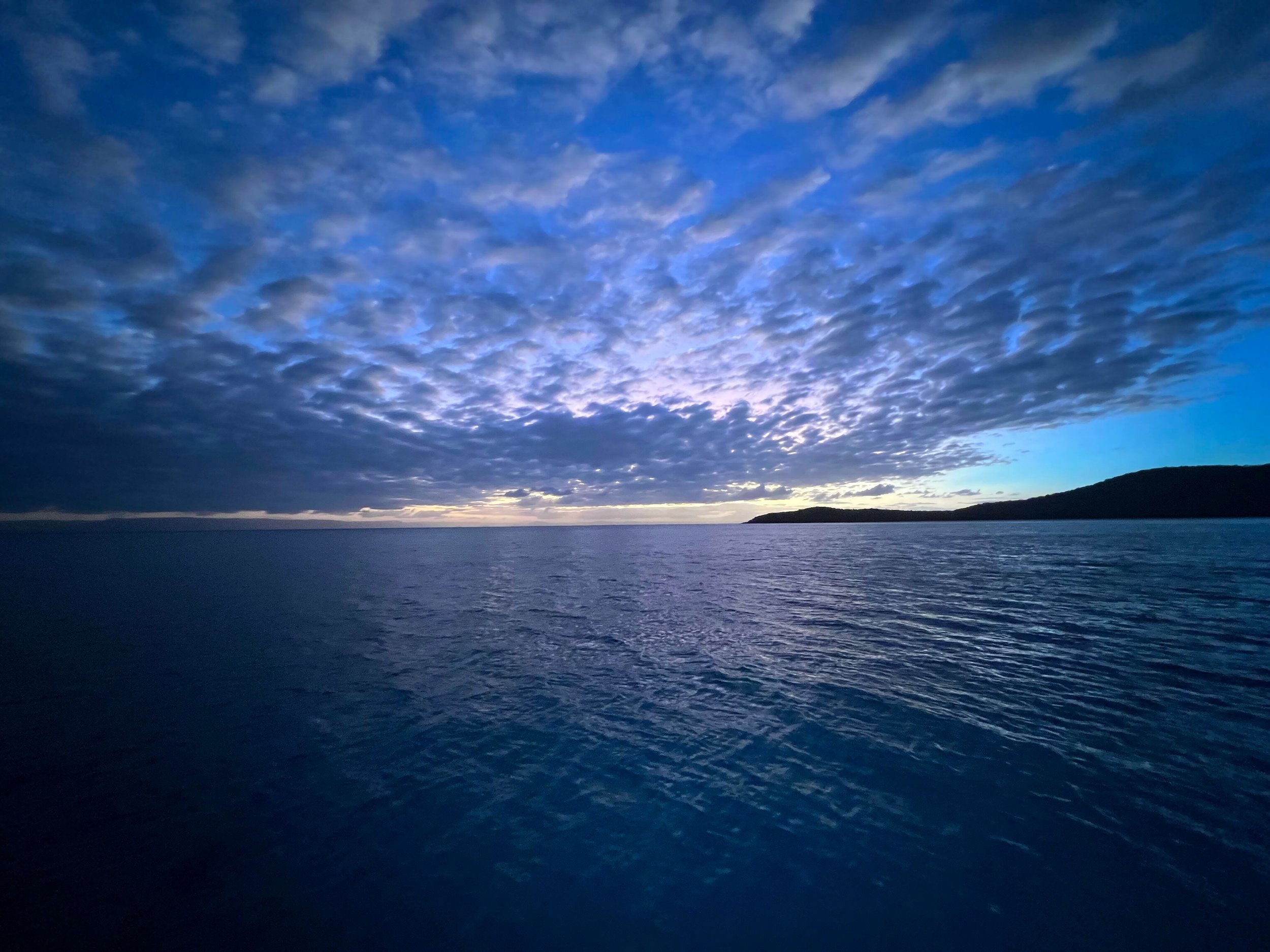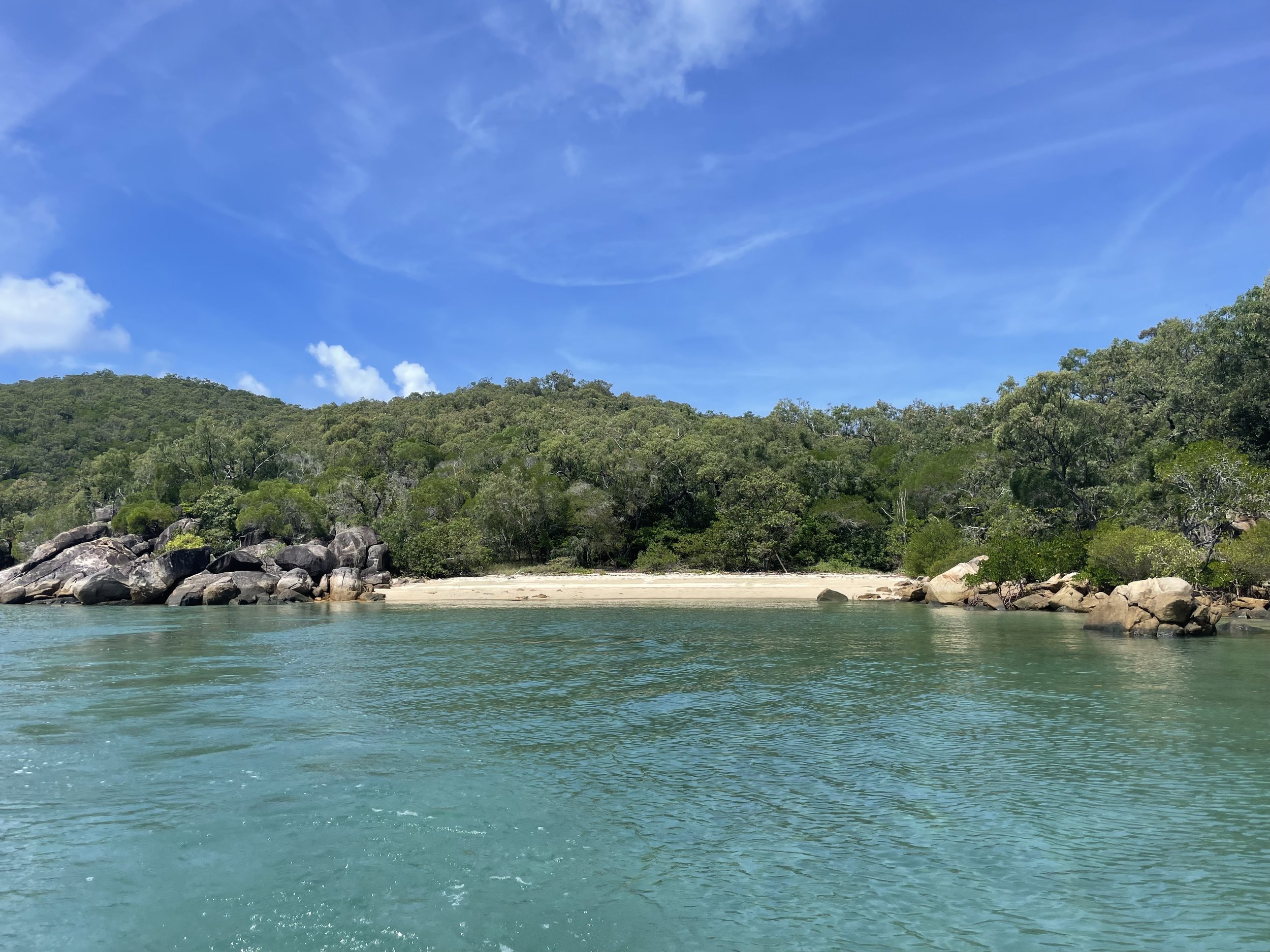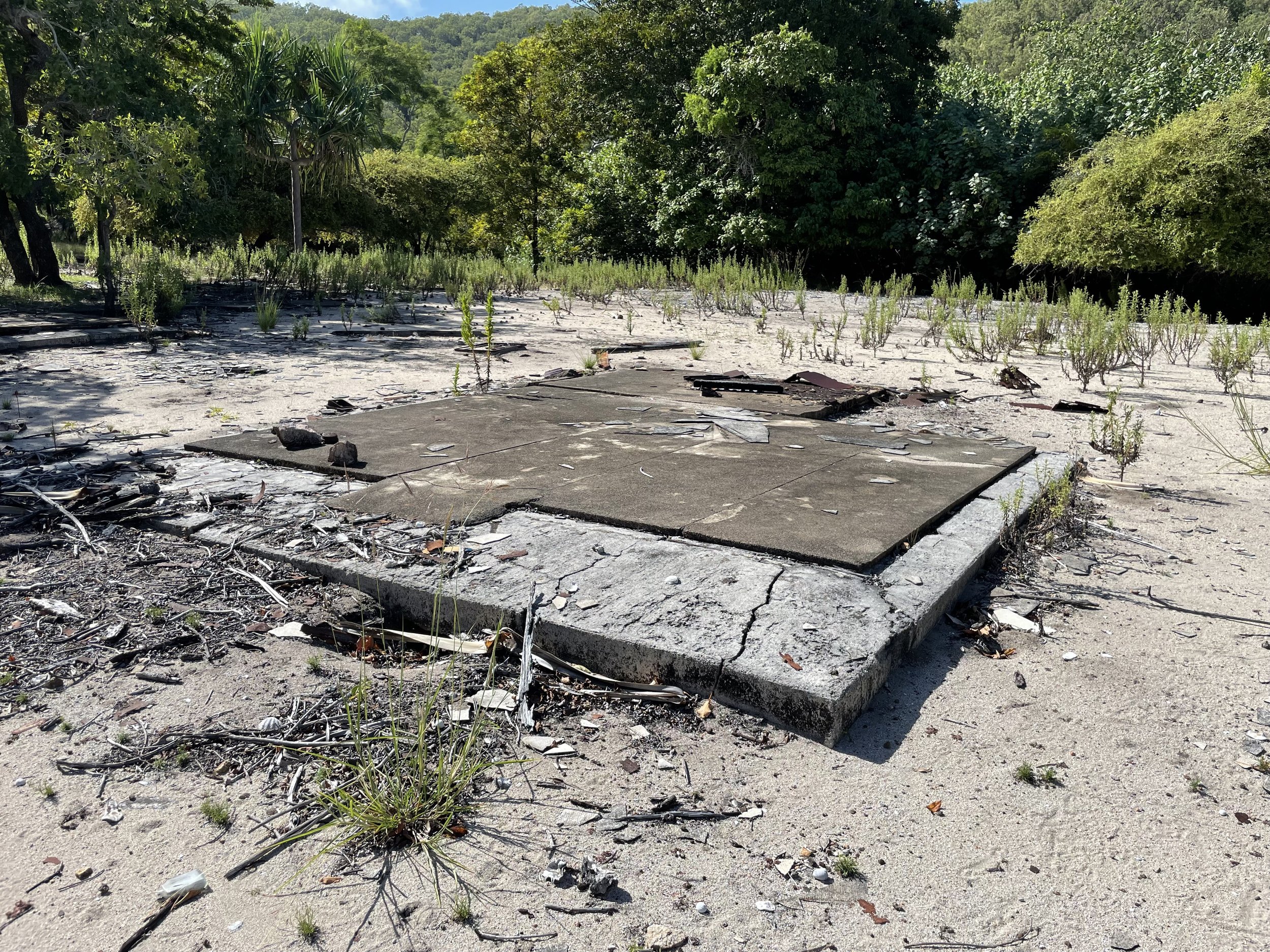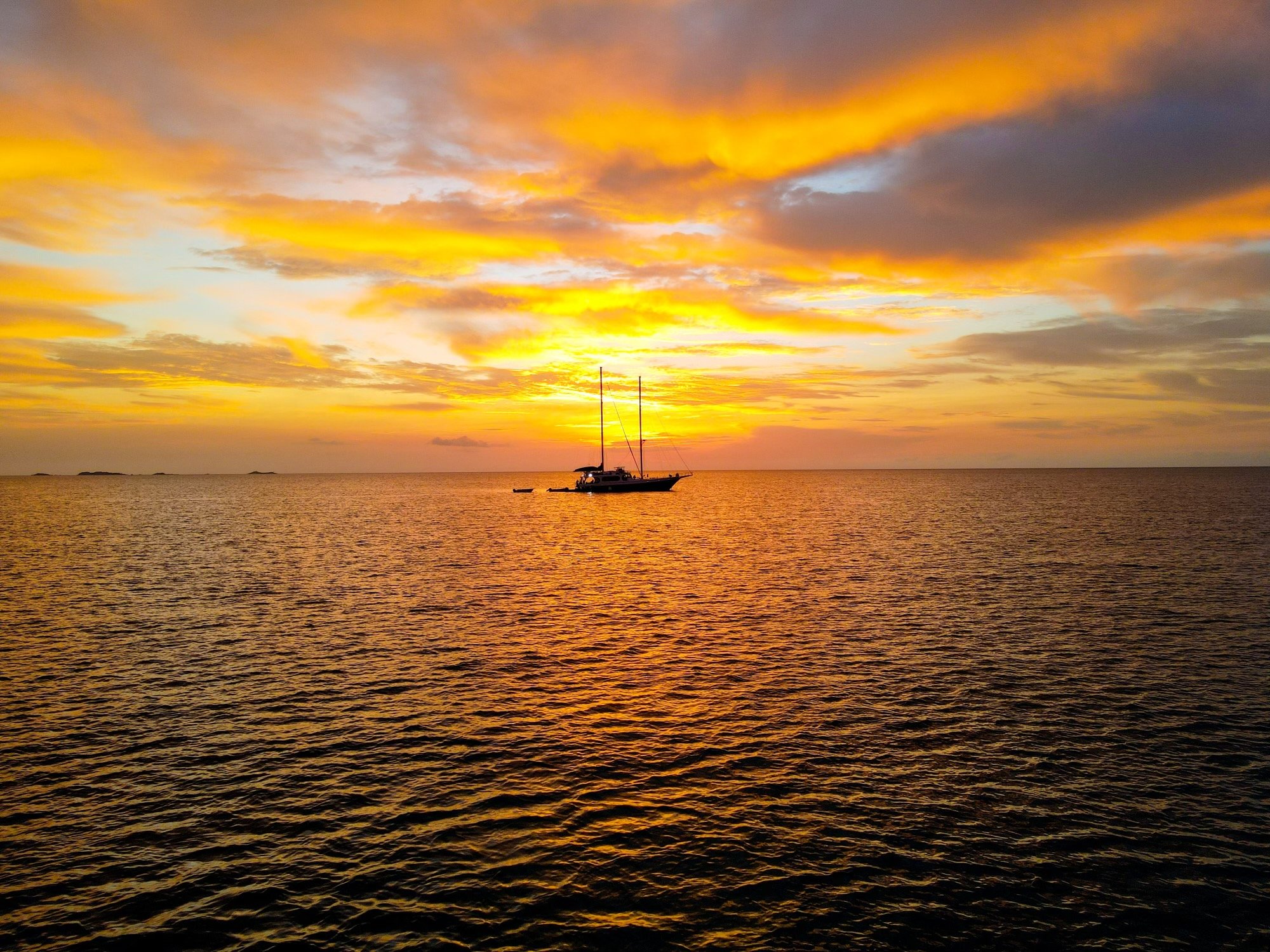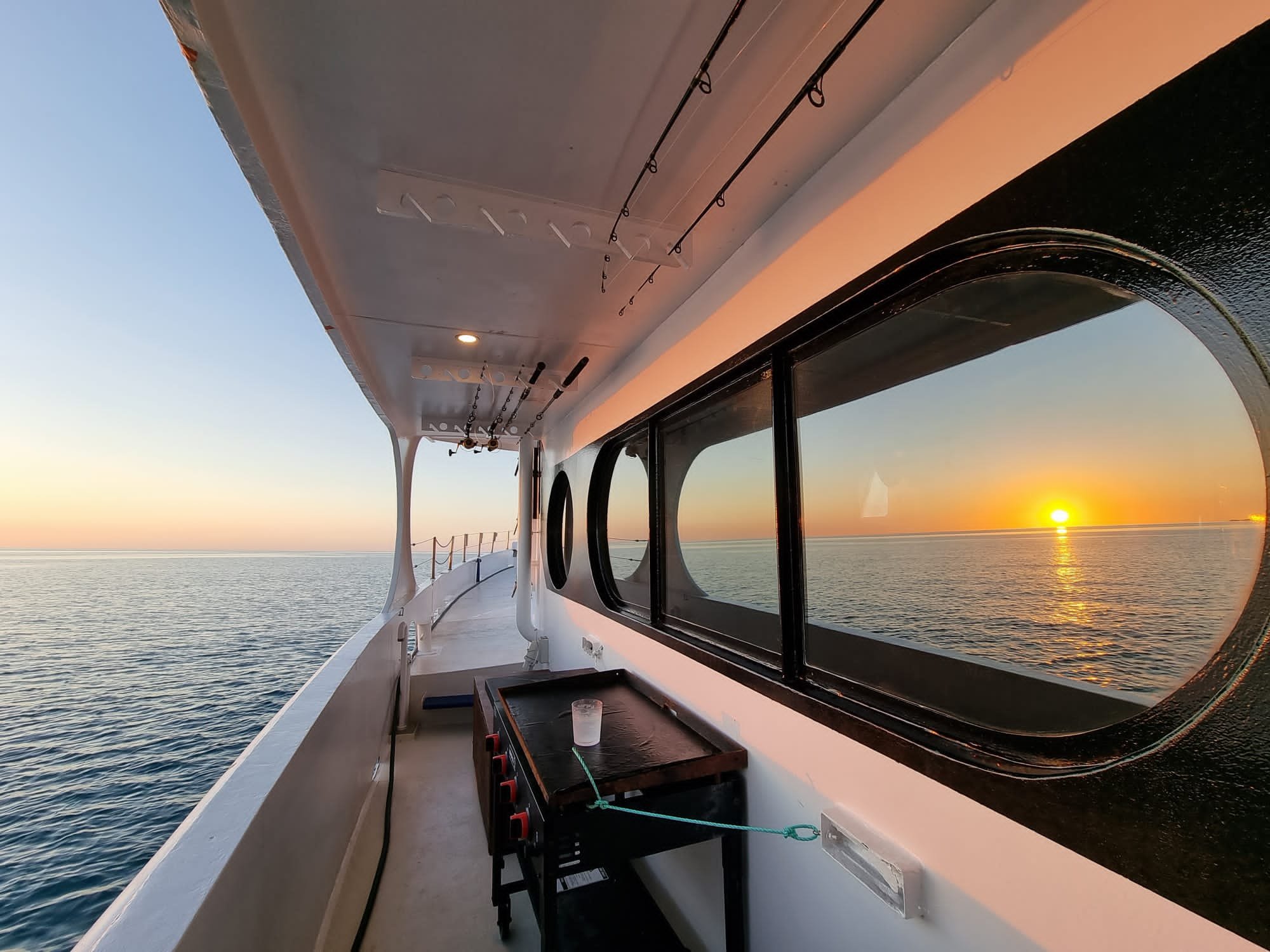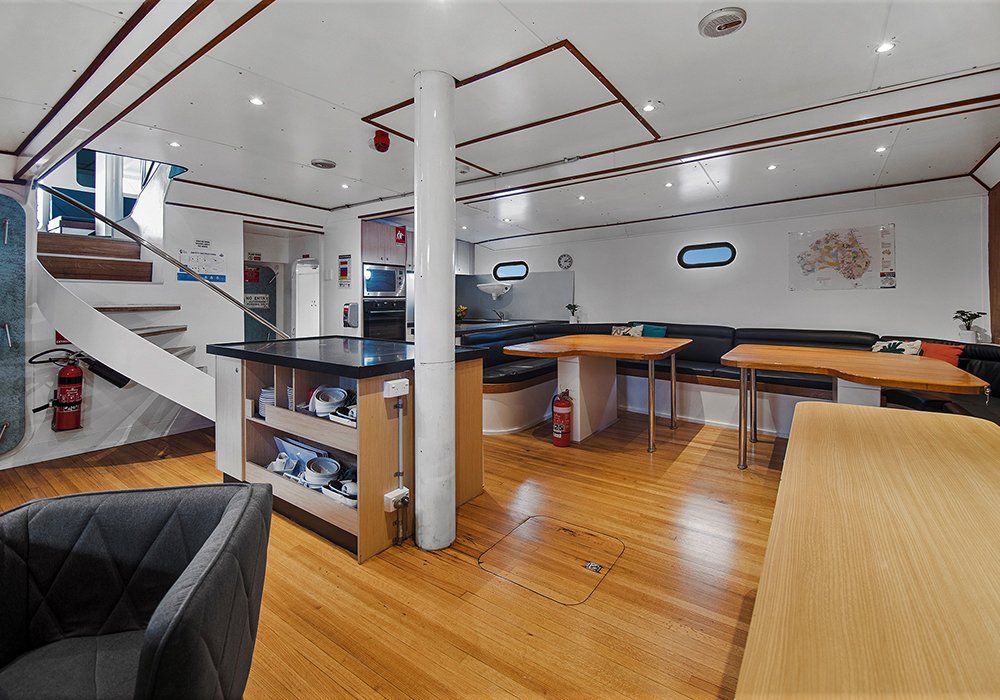Palm Island Cruise
Embark on an extraordinary adventure with TW Charters as we unveil the hidden treasures of the Palm Island group.
Join us on our 3day/2night charters departing from the vibrant city of Townsville, Queensland.
Palm Island, also known as Great Palm Island, is the largest of twelve tropical Islands in the Palm Island Group. The group consists of nine islands, with the main islands being Great Palm Island (also known as Palm Island) and Orpheus Island. The other islands include Fantome Island, Curacoa Island, Havannah Island, Brisk Island, Esk Island, Fly Island, and Barber Island.
“The Manbarra people are the traditional owners of Palm Island, known as Bwgcolman in the Manbarra language. They are a Indigenous group who have inhabited the area for thousands of years.”
Prior to European settlement, the Manbarra people lived a semi-nomadic lifestyle, moving seasonally across the land and waters to access resources such as fish, shellfish, and plant foods. They have a complex social structure and kinship system, with a strong sense of community and shared responsibilities. Today, the Manbarra people actively engage in cultural activities, such as traditional dances, storytelling, and art.
Things to see and do.
Cannon Bay and Plane Wreckage: Prepare to be amazed as we navigate to Cannon Bay, where a fascinating sight awaits. Discover the remnants of a plane wreckage, a poignant reminder of history's mysteries and a photographer's dream.
Pelorus and Orpheus Islands: Immerse yourself in the breathtaking beauty of Pelorus and Orpheus Islands, jewels of the Palm Island group. Explore pristine white sand beaches, marvel at vibrant coral reefs, and snorkel in turquoise waters teeming with marine life.
Yanks Jetty: Step back in time as we visit Yanks Jetty, a place where tales of old blend seamlessly with the present. Hear the echoes of stories whispered by the sea, immersing yourself in the rich maritime heritage of the region.
Clam Garden: Prepare for wonder as we unveil the captivating Clam Garden. Witness a symphony of colours as vibrant marine life thrives among the mesmerizing coral formations. Immerse yourself in a world of underwater enchantment.
Fantome Island's Old Leper Colony: Journey to Fantome Island, a place steeped in history and intrigue. Explore the remnants of the old leper colony, a testament to the resilience of the human spirit. Reflect on the past while embracing the beauty of the present.
Palm Islands and Key Tourism Spots
-
Location: Great Palm Island is located in the Palm Island Group, off the coast of Queensland, Australia. It is situated in the Great Barrier Reef Marine Park, approximately 65 kilometers (40 miles) northwest of Townsville.
Facilities and Services: Great Palm Island has various amenities and facilities to cater to the needs of its residents. These include schools, health clinics, police services, community centers, sporting facilities, and shops.
Natural Beauty: Great Palm Island boasts beautiful sandy beaches, clear turquoise waters, and lush tropical vegetation. The island is surrounded by the vibrant marine life of the Great Barrier Reef and offers opportunities for snorkeling, fishing, and other outdoor activities.
Cultural Tourism: Great Palm Island welcomes visitors who are interested in experiencing the island's Indigenous culture and natural beauty. Cultural tourism activities, such as guided tours, storytelling, and arts and crafts workshops, provide opportunities to engage with the local community and learn about their traditions.
-
Located in the Palm Island group in Queensland, Australia, it has a historical significance as the site of an old leper colony. The island was used as a quarantine station for individuals with leprosy (now known as Hansen's disease) from 1928 to 1945.
During this time, Fantome Island served as a home for people affected by leprosy who were forcibly isolated from the mainland. The colony provided medical care, housing, and support for the residents who lived in a self-sufficient community. The goal was to prevent the spread of the disease while offering a safe haven for those affected.
Over the years, the colony on Fantome Island changed its approach to leprosy treatment. Initially, it followed a policy of strict isolation but later shifted towards a more compassionate approach, focusing on medical advancements and rehabilitation. The colony was eventually closed in 1945 when advances in medical treatments and changing attitudes towards leprosy led to a shift in how the disease was managed.
Today, Fantome Island is a testament to this significant chapter in history. While the old leper colony no longer operates, remnants of the facilities and structures from that era can still be found on the island. Exploring the island offers visitors a chance to reflect on the past, learn about the experiences of those who lived there, and gain insights into the challenges faced by individuals affected by leprosy.
-
Size and Geography: Orpheus Island covers an area of approximately 30 square kilometers (12 square miles). The island is roughly 11 kilometers (7 miles) long and varies in width from 0.5 to 1.5 kilometers (0.3 to 0.9 miles). A combination of rocky headlands, sandy beaches, and dense vegetation characterises it.
National Park: Orpheus Island is a designated National Park managed by the Queensland Parks and Wildlife Service. The park protects the island's unique ecosystems, including rainforests, mangroves, and coral reefs.
Biodiversity: The island's diverse habitats support a range of wildlife, both on land and in the surrounding waters. Visitors to Orpheus Island can encounter various bird species, including ospreys, sea eagles, and Torresian imperial pigeons. In addition, the marine environment is home to numerous fish species, sea turtles, and coral formations.
-
Location: The island is part of the Palm Island Group and is situated in the Great Barrier Reef Marine Park off the coast of Queensland, Australia. It lies approximately 800 meters (2,625 feet) east of Orpheus Island
Size and Geography: Pelorus Island covers an area of around 3.5 square kilometers (1.4 square miles). It is a long, narrow island, stretching approximately 800 meters (2,625 feet) in length and 200 meters (656 feet) in width. The island is predominantly composed of rocky outcrops and fringed by sandy beaches.
Conservation Status: Pelorus Island, like the rest of the Palm Island Group, falls within the boundaries of the Great Barrier Reef Marine Park, a protected area designated as a UNESCO World Heritage Site. This ensures preserving and managing the island's diverse marine ecosystems and wildlife.
Marine Biodiversity: The waters surrounding Pelorus Island are renowned for their rich biodiversity. The island is part of the Great Barrier Reef, home to many coral species, tropical fish, turtles, and other marine creatures. Snorkeling and diving enthusiasts can explore the vibrant coral gardens and observe the abundant marine life.
Activities: Visitors to Pelorus Island can engage in various activities centred around the island's pristine natural environment. Snorkelling and diving are popular pursuits, allowing visitors to explore the colourful reefs and encounter marine species like clownfish, rays, and reef sharks. The island also offers opportunities for fishing, kayaking, birdwatching, and simply enjoying the picturesque beaches and clear waters.
-
Size and Geography: Curacoa Island is relatively small compared to some other islands in the Palm Island Group. It spans an area of approximately 0.3 square kilometers (0.12 square miles). The island features a mix of rocky shoreline, sandy beaches, and vegetation.
Indigenous Heritage: Like the other islands in the Palm Island Group, Curacoa Island is significant to the Bwgcolman people, the land's traditional custodians. It holds cultural and historical importance within the Indigenous heritage of the region.
Natural Beauty: Curacoa Island offers natural beauty and tranquillity despite its size. Its secluded beaches and clear turquoise waters make it an appealing destination for visitors seeking a serene coastal experience.
Snorkeling and Diving: The surrounding waters of Curacoa Island provide opportunities for snorkeling and diving enthusiasts. The underwater ecosystem around the island features coral reefs, diverse fish species, and other marine life, making it an attractive spot for underwater exploration.
Wildlife: Curacoa Island is home to various bird species, including sea eagles and shorebirds. It also serves as a resting and feeding site for migratory birds that visit the area during certain seasons.
Conservation: Curacoa Island, along with the rest of the Palm Island Group, falls within the boundaries of the Great Barrier Reef Marine Park, a protected area aimed at preserving the natural and ecological values of the region. Conservation efforts are in place to ensure the sustainability of the island's marine and terrestrial ecosystems.
-
Location: Yanks Jetty is a historic jetty on the northern tip of Orpheus Island, facing the Palm Island Group.
Heritage Value: Yanks Jetty has historical significance as it was constructed during World War II by the United States Army. It was used as a supply point and refuelling station for American naval vessels during the war.
Structure: The jetty is a wooden structure that extends into the water, providing a berth for boats to dock. Over time, it has weathered and aged, adding to its rustic charm.
Snorkelling and Diving Site: Yanks Jetty is a popular snorkelling and diving site. The jetty's pylons and surrounding waters host a variety of marine life, including colourful corals, tropical fish, and other fascinating underwater creatures.
-
Species: The giant clams on Orpheus Island are known as Tridacna gigas, more commonly referred to as the giant clam or the true giant clam. They are the largest living species of clams and can reach considerable sizes.
Size: Giant clams can grow to impressive dimensions, with some specimens reaching up to 1.2 meters (3.9 feet) and weighing over 200 kilograms (440 pounds). The shells of giant clams can be quite colourful, featuring vibrant patterns and hues.
Habitat: Giant clams inhabit shallow, tropical coral reef environments, including the waters surrounding Orpheus Island. They require clear, warm waters and abundant sunlight to thrive.
Importance to Coral Reefs: Giant clams play a significant ecological role in coral reef ecosystems. They are filter feeders, meaning they obtain their nutrients by filtering the water for microscopic plants and other organic particles. Their presence contributes to maintaining the water's clarity and nutrient balance, benefiting the health of coral reefs and the overall biodiversity of the area.
Protection and Conservation: Giant clams are protected species in many areas, including the Great Barrier Reef Marine Park. They have faced threats due to overfishing, habitat destruction, and illegal wildlife trade. Efforts are in place to conserve and protect these magnificent creatures, including regulations on harvesting and sustainable management practices.
Snorkeling and Diving: Visitors to Orpheus Island can see the giant clams up close by snorkeling or diving in the surrounding waters. Guided tours and excursions are available that provide educational experiences about the clams and their importance to the marine ecosystem.
The Alfred Wallace
Alfred Wallace is a large 24m motorsailer built for open ocean adventures. Prepare to be captivated as Alfred Wallace, an embodiment of seaworthiness, guides you through untamed waters, unveiling hidden wonders and creating memories that will forever be etched in your soul.
*All cruises are subject to weather, tide, and environmental conditions outside of our control. We therefore reserve the right to continue to tour, change locations if required or cancel due to unsuitable conditions and/or unforeseen circumstances for your safety and comfort. Refer to our website for full term & conditions and cancellation policy.



